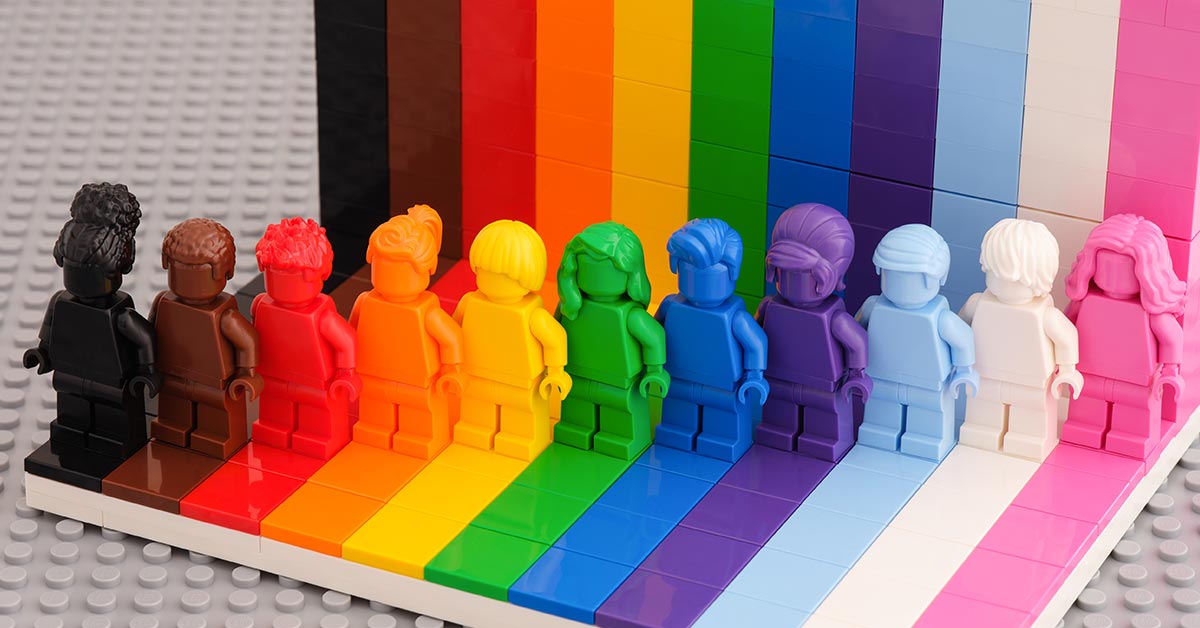Census gender diversity: This is how it’s done, Stats SA!

As Statistics South Africa (Stats SA) lags behind, Canada has become the first country to collect and release census data on its transgender and non-binary citizens.
In its 2021 census, Statistics Canada for the first time included questions on both a person’s sex assigned “at birth” as well a person’s gender. The gender question allows for the selection of male or female or the option to write in another gender identity.
Over two-thirds (70.5%) of people who provided answers to the write-in option used the term “non-binary” when specifying their gender. Others used terms such as “fluid”, “agender”, “queer”, “gender-neutral” and “gender-nonconforming”.
Providing categories for both sex at birth and gender means that “the historical continuity of information on sex was maintained while allowing all cisgender, transgender and non-binary individuals to report their gender,” said Statistics Canada.
While surveys and studies have been conducted in other countries to estimate the numbers of transgender and non-binary people, this is believed to be the first time an official national census has counted members of this community.
The census found that of the nearly 30.5 million people in Canada aged 15 and older living in a private household in May 2021, 100,815 were transgender (59,460) or non-binary (41,355), accounting for 0.33% of the population in this age group.
Non-binary and transgender people are younger on average than cisgender people
In May 2021, the Canadian population aged 15 and older had an average age of 48.0 years. In comparison, the transgender population had an average age of 39.4 years, while the non-binary population had an average age of 30.4 years.
The proportions of transgender and non-binary people were almost seven times higher for Generation Z (born between 1997 and 2006, 0.79%) than the Interwar and Greatest Generations (born in 1945 or earlier, 0.12%).
“These modifications reflect today’s reality in terms of the evolving acceptance and understanding of gender and sexual diversity and an emerging social and legislative recognition of transgender, non-binary and LGBTQ2+ people in general, that is, people who are lesbian, gay, bisexual, transgender, queer, Two-Spirit, or who use other terms related to gender or sexual diversity,” said Statistics Canada.
(Canadians often add the number 2 to their LGBTQ acronym to include Two-Spirit Indigenous people who have a non-binary gender or sexual orientation identity.)
The agency noted that the data can be used by public decision-makers, employers, and providers of health care, education, justice, and other services “to better meet the needs of all men and women — including transgender men and women — and non-binary people in their communities.”
In February, Stats SA came under fire for failing to include any questions in Census 2022 that would allow it to count LGBTIQ+ individuals. It only included the traditional question relating to sex, with just two options; male or female.
Considering that a census is typically conducted every ten years, this was seen as a missed opportunity for the government to better understand the size and needs of this often invisible community so that it can better plan and allocate resources to meet its needs.
Stats SA claimed that the matter was a complex one that required further testing and consultation to refine questions relating to LGBTIQ+ people before this could be included in the next census. Perhaps they should have consulted with Canada.
Leave a Reply